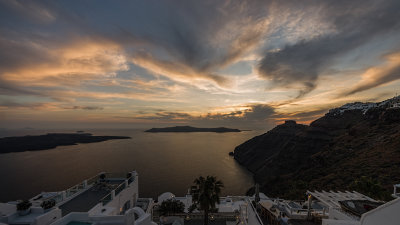You can refer to the JPEG image to ensure that the finished image that you 'process' is at least authentic to the original scene, which you can rely upon the in-camera JPEG to verify.
What makes you think JPEG is "authentic to the original scene?"
With proper white balance and exposure settings, why would it not be authentic to the original scene?
Levels of saturation, contrast, and color profiles play a role. Can you point to a film emulsion that was "authentic to the original scene?"
Kodachrome ... but it depends on the scene of course.
Positively ridiculous.
Besides that, there is no such thing as "authentic to the original scene." More importantly, "authentic to the original scene" is a recipe for boring photographs. Should we always photograph from a standing or sitting position? Should we only use "normal" lenses and not use telephoto, wide-angle, or macro lenses? Should we never use shutter speeds that are too fast or too slow? Should we not use shallow DOF?
Of course the "authenticity" is limited to settings like color and contrast that are related to JPEG.
It's a lame goal. What I look for in a photograph is authentic vision, not "authentic to the original scene." As an example, I take a photograph of a sunset that moved me, but when I look at the most neutral rendition of it I'm not moved, so I try to process the photograph so that it communicates what I was feeling when I saw the sun setting. Think about that for a moment, the sun
setting, it's an experience that occurs over time and instead of boring you with a series of "authentic to the original scene" shots, I want to condense it into a single photograph, that's the essence of photography and why I love it.
Also, sometimes for some scenes or subjects, the choice ends up being B&W:
--
http://imageevent.com/tonybeach/twelveimages





